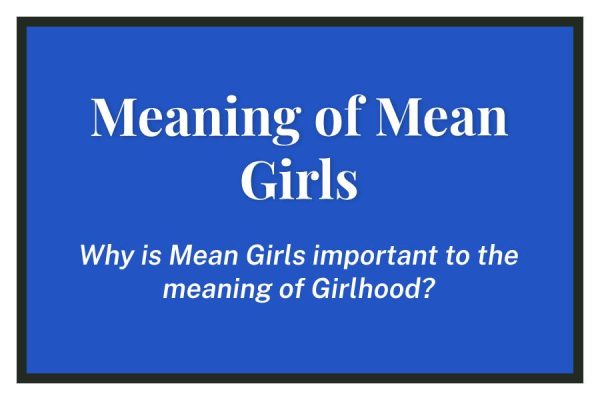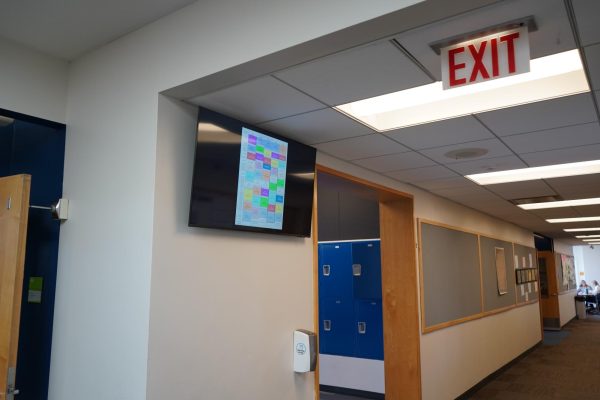Shh, You’re Just A Girl
The Reality of Silencing in Our Classrooms
I watch as my friend jumps out of his seat to answer a question. He speaks loudly and commandingly, knowing everyone is listening. In response, I raise my hand timidly. The teacher calls on me. Haltingly, I am trying to explain my point of view, when I am interrupted by the tasteless commentary of a male classmate, leading to a chorus of laughter and whoops from his friends. Embarrassed, I stop talking and cross my arms over my body, my position mirroring that of every other girl in the room. The teacher keeps going with the lesson, and I do not raise my hand for the rest of the class period.
This dynamic is present in all mixed-gender classrooms. Men dominate the class.
Education has always been geared towards men, specifically math and science where a three to one male to female ratio still exists in the United States. And although in recent years the statistics have evened out more generally, with equal representation in higher education of both sexes in America, there is still a certain pressure for education to be male-focused, leading to the issue of female silencing in classrooms.
In other words, girls, either believing that they do not have a right to speak or have nothing important to say, stay silent.
Explanation can be found in the media and popular culture where females are sexualized and objectified constantly. Every magazine cover, every movie advertisement, every album cover, features a scantily clad girl with a fake smile plastered on her face speaking of crushes and shopping. Although seemingly harmless, this brands all women, forcing us all into a mold and leading people to the unfortunate subconscious conclusion that all women are airheads and that men are the only competitors in the world of education.
Of course, if a member of the Parker community were asked, nobody would say that this is their conception of women, but the constant bombardment of sexist propaganda has led to a culture that is conducive to silencing, and where the assumption is that women are not intelligent. The necessity of the gender workshops and sexual harassment seminars throughout all of last year prove that Parker is not immune to this inequitable treatment of the sexes.
This is problematic not only for the women who are forced into silence, but also for the men who are pressured to fill this position of power. If popular culture portrays women unfairly and inaccurately, the same is true for men.
I do not mean to say that there are no girls who feel comfortable in their classes, or no men who are shy. Parker has taken active steps to be a much more comfortable place than other schools for females, but to say that there is not an issue would be a fallacy. Simply counting the comments made by boys versus by girls, or even watching the body language of a boy versus a girl in a classroom reveals the startling disparity. Silencing is an issue worldwide, and we as a school must work to be an exception.
A solution is hard to achieve in that we cannot plausibly change the media. It’s hard to single-handedly fix a culture that has been broken for centuries. Steps at Parker can be taken, however, in classes and outside to stop the epidemic. Clubs with the aim of closing the gender gap in science and other areas of study are a great start, and the mere act of a teacher treating everyone equally is just as helpful.
Undoubtedly this issue on a national level is not as bad as it could be. There are still countries where women are actively discouraged from attending school and pursuing an education. But I encourage everyone to look to their peers and put a halt to the harmful effects of gender inequality. We cannot be a successful model home or hope to fix the issue in other parts of the world when half of our number is left voiceless.












